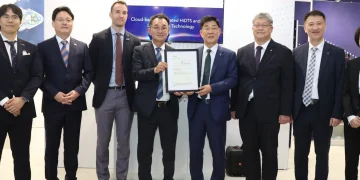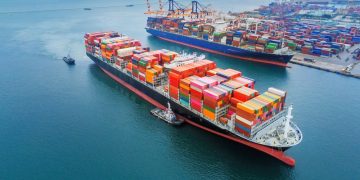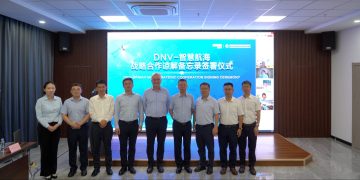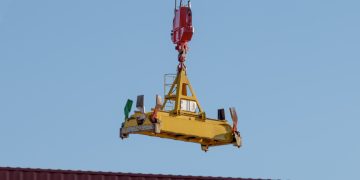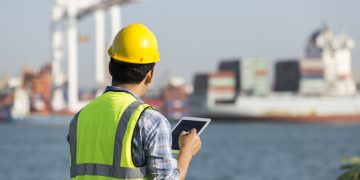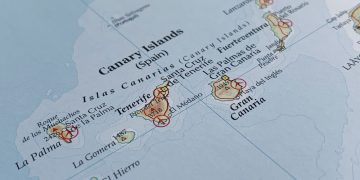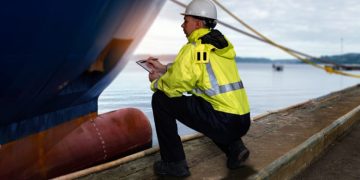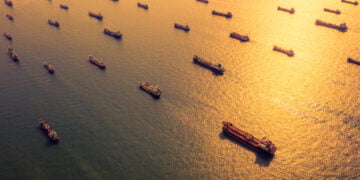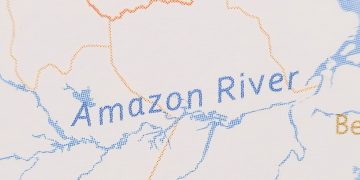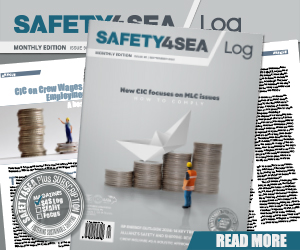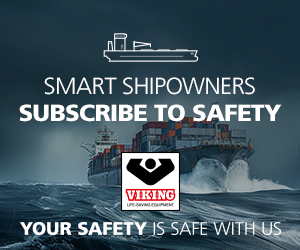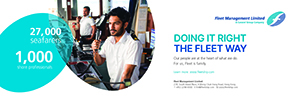It is often said that big results derive from small changes, a principle applying to both personal and corporate life. Today, Kaizen, describing the ability of constant improvement through every-day changes, is recognized worldwide as an important pillar of an organization’s long-term competitive strategy. How can Kaizen model help shipping improve its status quo of everyday operations?
The Japanese culture has provided us with several valuable principles in life philosophy, but the idea of continuous improvement, also known as Kaizen, is a concept interestingly applying, not only to everyday life, but also to the business world, from the aspect of improving value. For example, Kaizen is at the basis of Just in Time (JIT) which have represented the fundamentals of the productive growth of the Japanese industries.
The Kaizen philosophy is also among the leading principles in supply chain management frameworks, enabling numerous manufacturers and retailers to become more competitive, to eliminate waste, to achieve higher customer and employee satisfaction, as well as to improve their services. The principles of the Kaizen philosophy can be applied in practically every field. And if you think it is about a modern term, you are wrong. Let us explore more about it!
What is Kaizen?
Kaizen is a Japanese word composed by two terms, Kai (=change) and Zen (=good), thus translating into “change for better”. The word refers to any improvement, one-time or continuous, large or small, in the same sense as the English word “improvement”.
Kaizen was first implemented in Japanese businesses after World War II, with its history beginning when car manufacturer Toyota first implemented quality circles in its production process. The concept has since spread throughout the world being applied to environments outside business and productivity. Kaizen applies to processes, such as purchasing and logistics, that cross organizational boundaries into the supply chain, but also in healthcare, psychotherapy, life coaching, government, and banking.
The main characteristic of Kaizen is the application of many small improvements, which then can lead to long-term improvements. While the integration of the “Kaizen” concept may sound rather simple, it requires a commitment to apply changes continuously.
Big results come from small changes accumulated over time,
-The Kaizen Institute.
The main steps of Kaizen
Canada-based freight forwarder Mexicom Logistics has defined the cycle of Kaizen activity, also known as PDCA, through the following steps:
1- Planning: Establish objectives or KPI, to be able to compare results vs expectations. In this stage, the problem is identified, and the team develops a plan for improvements.
2- Do: Implementation of the improvements and data collection.
3- Check: Comparison between the actual result and the desired result. Here, a new plan comes to fix what doesn’t work.
4- Act: To act based on what was learned from previous steps.
The main task here is to reduce the time between defining a problem and the implementation of an improvement. Another technique used in conjunction with PDCA is the 5 Whys, which is a form of root cause analysis in which the user asks a series of five “why” questions about a failure that has occurred, basing each subsequent question on the answer to the previous. There are normally a series of causes stemming from one root cause, and they can be visualized using fishbone diagrams or tables. The Five Whys can be used as a foundational tool in personal improvement, or as a means to create wealth.
The basic principles of Kaizen
- Problem is the driving force
- There are no dead-end situations
- The perfect solutions are the simple ones
Kaizen in business
In the business world, Kaizen is about making small changes focused on improving specific areas within an organization. Another important feature here is that Kaizen is a daily activity, which can be applied every single day and by everybody. This means that the involvement of employees at all levels is critical. In this respect, it is quite different from “Kakushin” (innovation) and “Kairo” (a big improvement), concepts that are decided by executives and require a big investment, noted Mr. Riccardo Riga, Technical, Quality & Environmental Manager, PB Tankers.
In shipping, a globalized industry characterized by numerous interlinking subsectors and stakeholders, “Kaizen” means continuously applying small changes which involve the whole company, from managers and executives to workers and crews. It becomes evident that Kaizen becomes more and more relevant as the importance of employee engagement is increasingly gaining ground in corporate life.
When done correctly, Kaizen makes the workplace healthier by teaching people to see and eliminate the wastes in a process. The Kaizen approach at work consists of 5 founding elements:
- teamwork,
- personal discipline,
- improved morale,
- quality circles,
- suggestions for improvement.
…and results in the following benefits for organizations:
- Acceleration of the work process and quality improvement
- Reduction of waste (in terms of time or resources)
- Simplifying work processes
- Improving safety
- Improving employee and customer satisfaction
In the smart era, Kaizen is also providing the fine balance to integrating innovation. In the conventional shipping business model, companies may find it hard to appreciate changes, unless these are based on groundbreaking technological innovation. On the contrary, Kaizen brings success through continuous, but little improvement.
Success lies in striking the right balance between Kaizen and Innovation: the former to make sure the standards reached through the latter are not corroded in time,
…argues Mr. Riga.



















